Key Highlights
- Cities: Skylines Natural Dis expansion brings realistic and apocalyptic disasters to the game
- The new expansion adds depth and tactical gameplay to the city simulation
- Players can prepare for disasters by using early warning systems and building resilient infrastructure
- Natural disasters have economic consequences and impact population dynamics in the game
- Mastering disaster management involves effective use of early warning systems and step-by-step recovery and rebuilding
- Player experiences and strategies, as well as community tips and tricks, enhance gameplay and survival in Cities: Skylines Natural Disasters expansion
Introduction
Cities: Skylines has always been one of the most authentic and engaging city management simulations, but it was missing one key element – natural disasters. The Natural Disasters expansion for Cities: Skylines changes that. Released as the third DLC for the game, it introduces a whole new level of excitement and challenge to the gameplay. Now, players must not only build and manage their cities, but also prepare for and survive a range of catastrophic events, including tornadoes, meteorite strikes, forest fires, earthquakes, sinkholes, and tidal waves. These disasters are not just random occurrences, but they are realistic and require careful planning and preparation to mitigate their impact.

Understanding Cities Skylines Natural Disasters
Cities: Skylines Natural Disasters expansion completely changes the gameplay dynamics by introducing a variety of natural disasters that players must respond to. Unlike other city builders, where disasters may serve as punishment or increase the difficulty, in Cities: Skylines, disasters are treated realistically. Players must use early warning systems and build infrastructure to mitigate the impact of disasters. The expansion also includes a new scenario editor and gameplay mode, allowing players to create their own disaster scenarios and goals.
Overview of the Expansion Pack
The Natural Disasters expansion for Cities: Skylines introduces several new features and gameplay mechanics that enhance the overall experience. One of the highlights is the new scenario editor, which allows players to create their own disaster scenarios and set specific goals to overcome. This gives players more control over the challenges they face and adds a level of customization to the gameplay. Additionally, the expansion includes a new gameplay mode, where players can toggle disasters on or off, adjust their frequency, or even call them down on demand. This allows players to tailor their gameplay experience to their preferences and playstyle.
Key Features and New Gameplay Mechanics
The Natural Disasters expansion for Cities: Skylines introduces several key features and gameplay mechanics that enhance the overall gameplay experience. Some of the key features include:
- scenario editor: Create your own disaster scenarios and set specific goals to overcome
- emergency routes: Plan and build emergency routes to facilitate evacuation during disasters
- early warning systems: Use early warning systems to detect and prepare for incoming disasters
- disaster response units: Establish disaster response units to provide immediate assistance during and after disasters
These new gameplay mechanics add depth and complexity to the gameplay, requiring players to think strategically and plan ahead to ensure the survival and recovery of their cities.
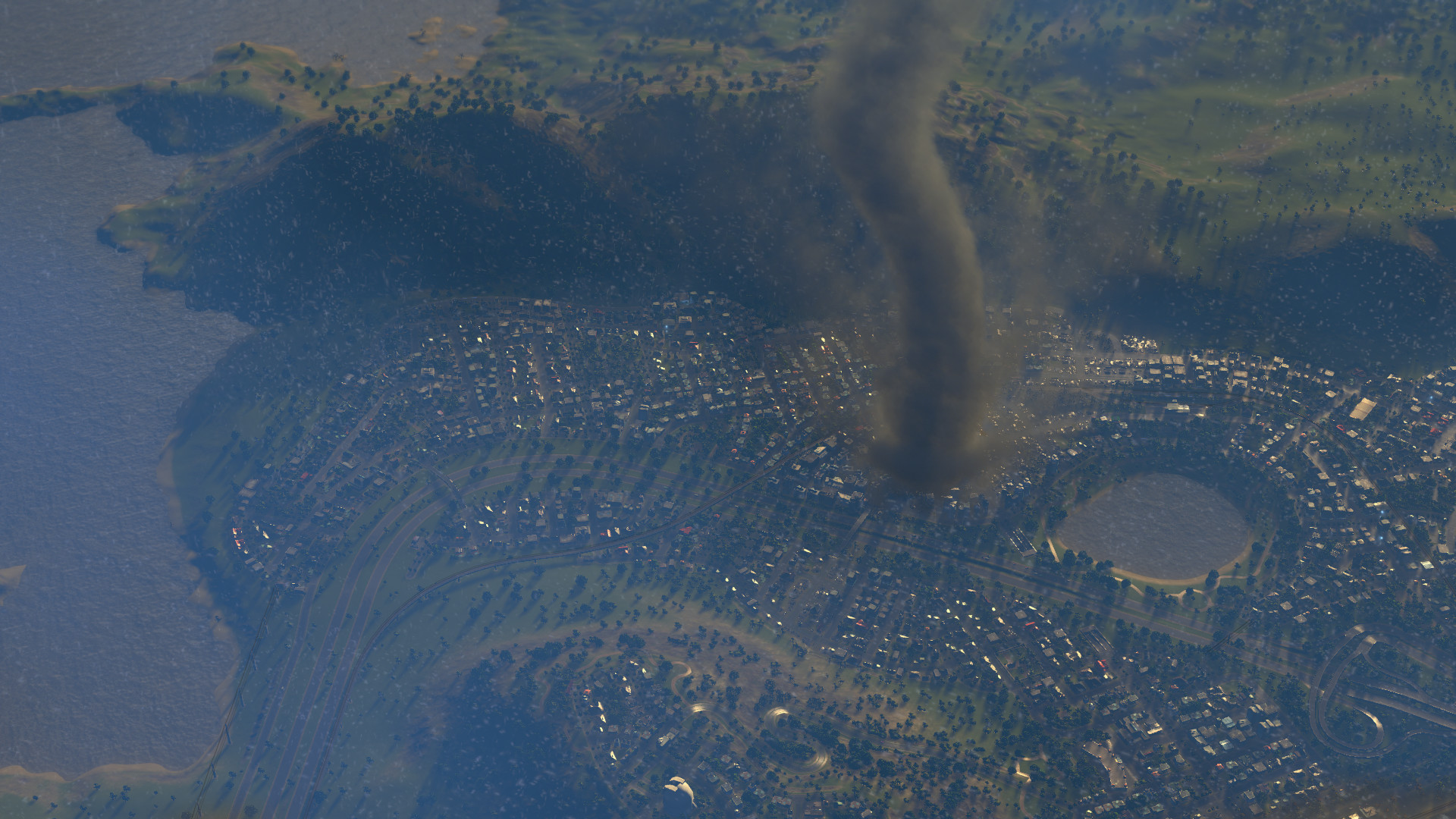
Preparing for Disaster: Strategy and Planning
Preparing for disasters in Cities: Skylines Natural Disasters expansion requires careful strategy and planning. Players must build resilient infrastructure and establish emergency routes to facilitate evacuation during disasters. Additionally, early warning systems play a crucial role in mitigating the impact of disasters. By detecting and preparing for incoming disasters, players can effectively respond and minimize the damage caused. Disaster response units also play a vital role in providing immediate assistance and support during and after disasters. By implementing these strategies, players can increase their chances of survival and minimize the economic and population consequences of natural disasters.
Building Resilient Infrastructure
Building resilient infrastructure is essential in Cities: Skylines Natural Disasters expansion. Players must ensure that their cities have the necessary infrastructure to withstand and recover from disasters. This includes constructing buildings and structures that are designed to withstand the impact of disasters, such as fire stations, hospitals, and police stations. Additionally, players must plan and build emergency routes to facilitate the safe evacuation of citizens during disasters. These routes should be strategically placed and easily accessible to ensure a smooth and efficient evacuation process. By investing in resilient infrastructure, players can minimize the damage caused by disasters and accelerate the recovery and rebuilding process.
Disaster Response Units: Roles and Importance
Disaster response units play a crucial role in Cities: Skylines Natural Disasters expansion. These units are responsible for providing immediate assistance and support during and after disasters. Here are some key roles and importance of disaster response units:
- Immediate assistance: Disaster response units are the first to arrive at disaster sites, providing immediate assistance to affected areas and citizens.
- Search and rescue: These units conduct search and rescue operations to locate and save survivors trapped in collapsed buildings or debris.
- Recovery and rebuilding: Disaster response units also play a significant role in the recovery and rebuilding process, helping to clear debris, restore infrastructure, and provide support to affected citizens.
By effectively utilizing and managing disaster response units, players can ensure a more efficient and successful disaster management process in their cities.
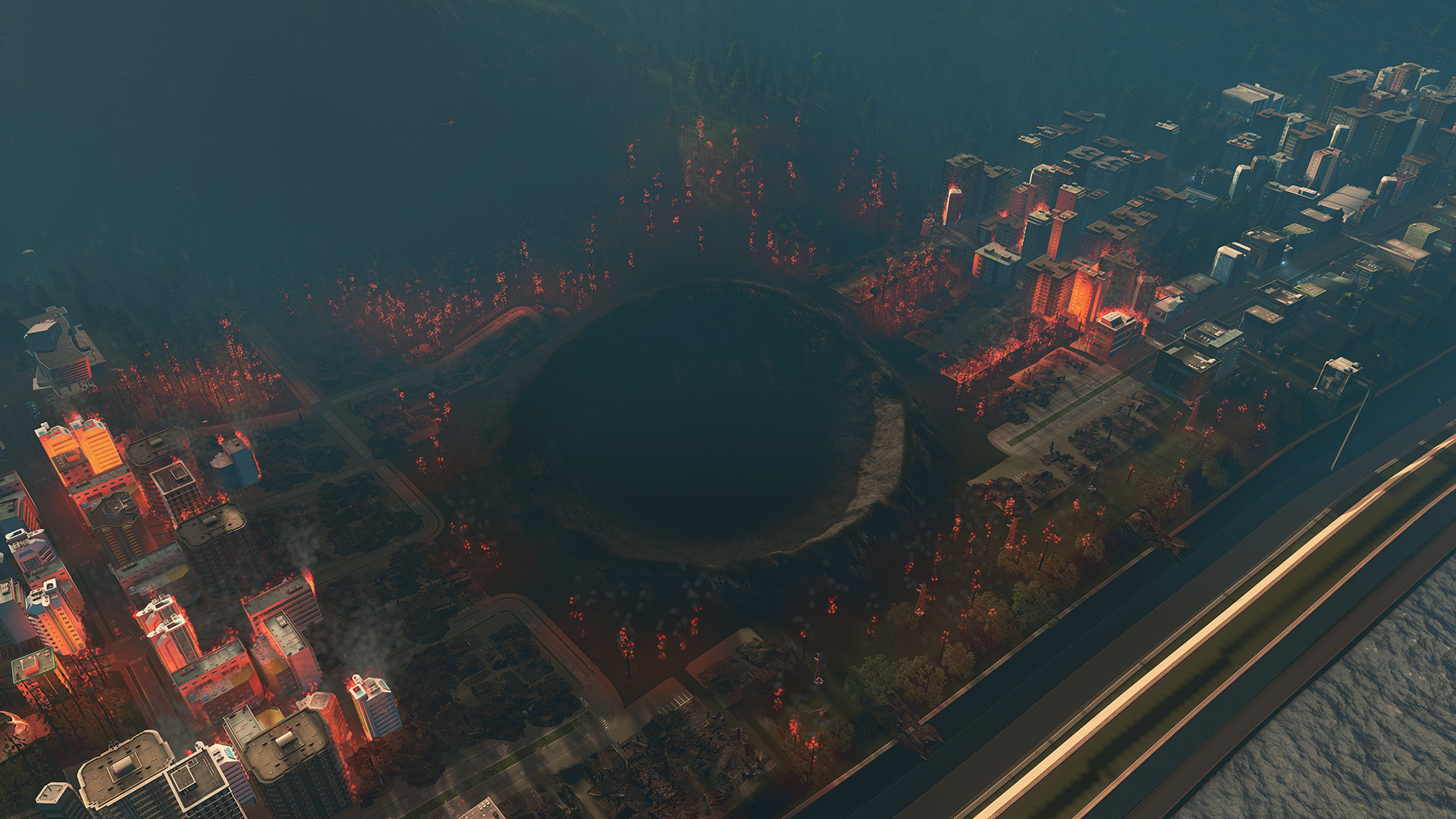
The Impact of Natural Disasters on Your City
Natural disasters have a significant impact on cities in Cities: Skylines Natural Disasters expansion. These disasters have both economic and population consequences that players must manage and overcome. The economic consequences include the destruction of buildings, infrastructure, and resources, which can lead to a decline in revenue and increased expenses for recovery and rebuilding. Population dynamics also change post-disaster, with citizens relocating or leaving the city altogether. By understanding and addressing these impacts, players can develop effective strategies to minimize the negative effects and ensure the long-term survival and prosperity of their cities.
Economic Consequences
Natural disasters in Cities: Skylines Natural Disasters expansion have significant economic consequences. The destruction caused by disasters can result in the loss of buildings, infrastructure, and resources, leading to a decline in revenue and increased expenses for recovery and rebuilding. Players must carefully manage their finances and allocate resources to ensure the effective recovery and rebuilding of their cities. This may involve prioritizing essential services and infrastructure, such as hospitals, fire stations, and power plants, to ensure the safety and well-being of citizens. By developing a robust economic strategy and planning for potential disasters, players can mitigate the economic consequences and ensure the long-term sustainability of their cities.
Population Dynamics Post-Disaster
Natural disasters in Cities: Skylines Natural Disasters expansion also have a significant impact on population dynamics. Disasters can cause citizens to relocate or leave the city altogether, resulting in a decline in population. This can have long-term consequences for the growth and development of the city. It is important for players to understand and address these population dynamics to ensure the resilience and sustainability of their cities. Here is a breakdown of the population dynamics post-disaster:
|
Population Dynamics |
Description |
|
Population Decline |
Disasters can cause citizens to relocate or leave the city |
|
Migration Patterns |
Citizens may choose to move to safer areas or other cities |
|
Population Recovery |
Effective disaster management and recovery efforts can lead to population recovery and growth |
By analyzing and responding to population dynamics, players can develop strategies to attract and retain citizens, ensuring the continued growth and prosperity of their cities.
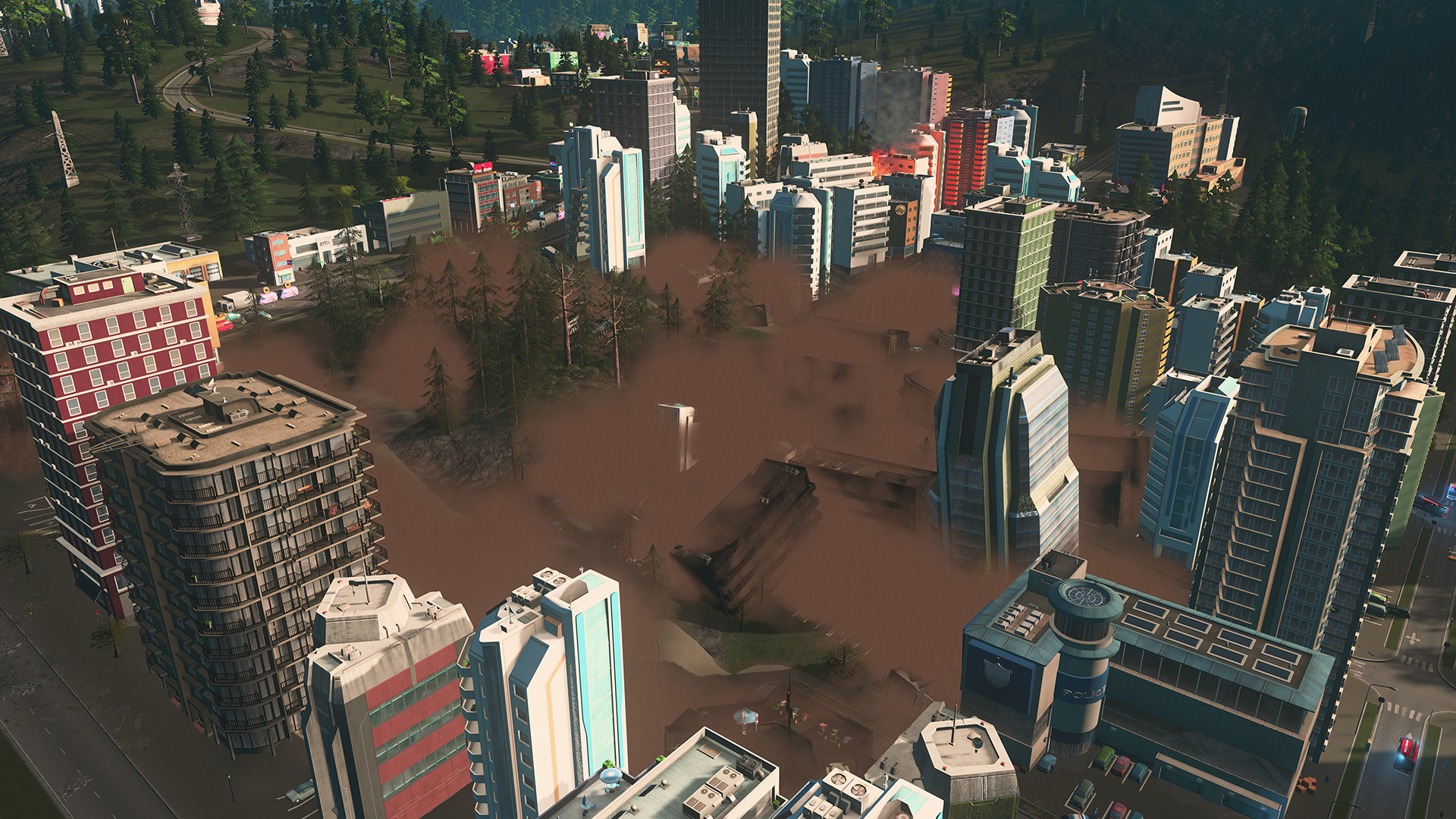
Mastering Disaster Management
Mastering disaster management in Cities: Skylines Natural Disasters expansion requires a combination of effective use of early warning systems and step-by-step recovery and rebuilding. Players must utilize early warning systems to detect and prepare for incoming disasters, allowing them to mitigate the impact and minimize damage. Additionally, players must develop a comprehensive recovery and rebuilding plan, focusing on clearing debris, restoring infrastructure, and providing support to affected citizens. By mastering disaster management, players can effectively respond to and recover from disasters, ensuring the survival and prosperity of their cities.
Effective Use of Early Warning Systems
Early warning systems play a crucial role in disaster management in Cities: Skylines Natural Disasters expansion. By effectively using early warning systems, players can detect and prepare for incoming disasters, allowing them to take necessary precautions and minimize the impact. Here are some tips for effective use of early warning systems:
- Placement: Place early warning systems strategically throughout your city to cover all areas and detect disasters as early as possible.
- Monitoring: Regularly monitor the early warning systems to ensure they are functioning properly and are ready to alert you in case of an impending disaster.
- Response: When an early warning system alerts you of an incoming disaster, take immediate action to evacuate citizens, activate emergency response units, and prepare for the impact.
By following these tips and effectively utilizing early warning systems, players can enhance their disaster management strategies and increase the chances of survival and recovery.
Recovery and Rebuilding: A Step-by-Step Guide
Recovering and rebuilding after a disaster in Cities: Skylines Natural Disasters expansion requires a step-by-step approach. Here is a guide to recovery and rebuilding:
- Assess the damage: Evaluate the extent of the damage caused by the disaster, including the destruction of buildings, infrastructure, and resources.
- Clear debris: Begin by clearing debris from the affected areas to make way for the recovery and rebuilding process.
- Restore infrastructure: Prioritize the restoration of essential infrastructure, such as power, water, and transportation systems, to ensure the functionality of the city.
- Rebuild buildings: Start rebuilding destroyed buildings, focusing on essential services, housing, and commercial areas.
- Support affected citizens: Provide support and assistance to affected citizens, including temporary shelters, food, and medical services.
- Plan for the future: Develop a comprehensive disaster management plan for the future, including early warning systems, emergency response units, and resilient infrastructure.
By following this step-by-step guide, players can effectively recover and rebuild their cities after a disaster, ensuring the long-term survival and prosperity of their cities.
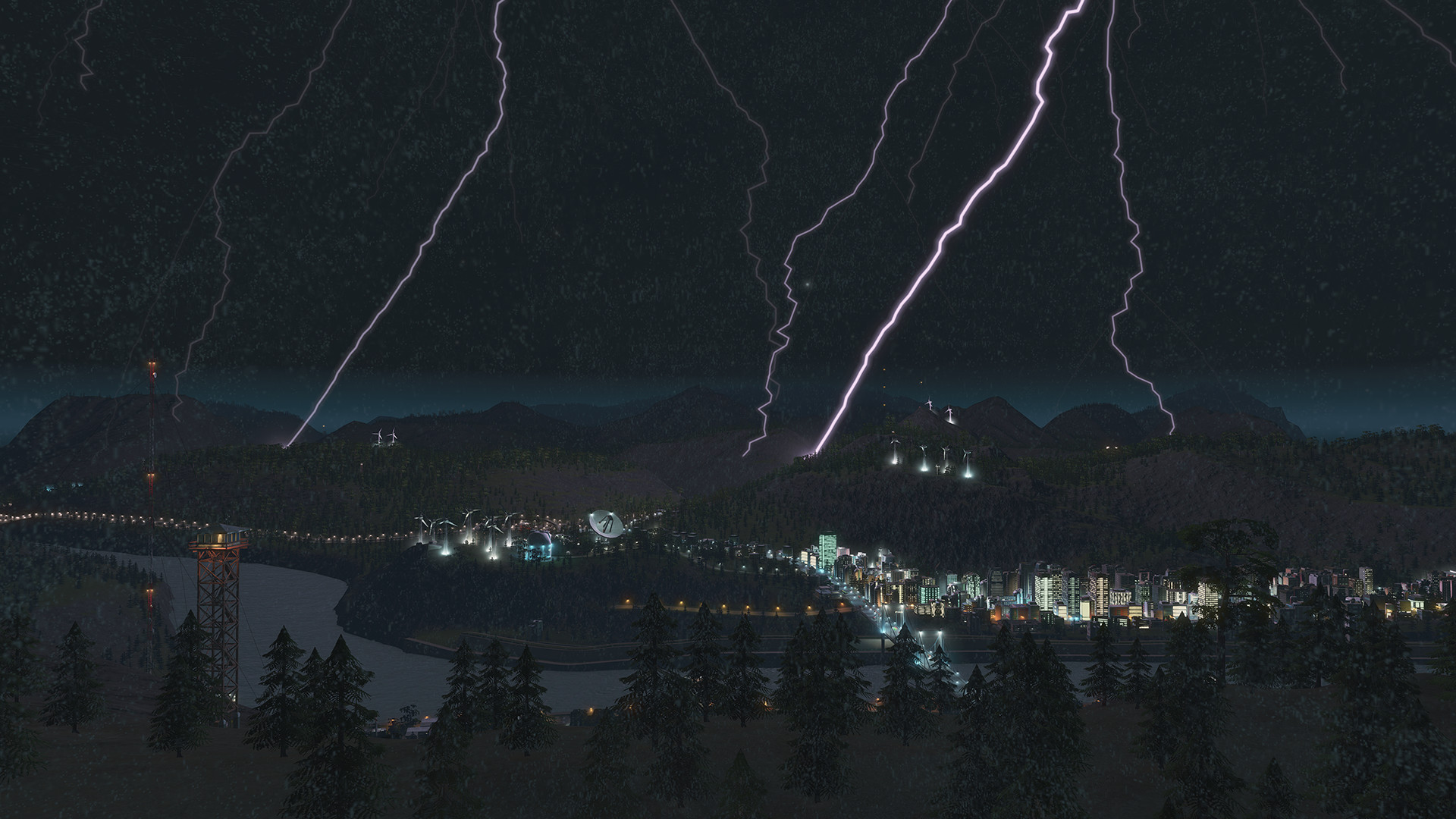
Player Experiences and Strategies
Player experiences and strategies in Cities: Skylines Natural Disasters expansion vary widely, as players develop their own unique approaches to survival and gameplay. Many players apply real-life tactics to the game, utilizing their knowledge of disaster management and emergency response to effectively respond to and recover from disasters. Additionally, the game’s community often shares tips and tricks for survival, known as “chirpocalypse,” which provide valuable insights and strategies for navigating the challenges presented by natural disasters. By learning from player experiences and implementing effective strategies, players can enhance their gameplay and increase their chances of survival in Cities: Skylines Natural Disasters expansion.
Real-Life Tactics Applied in Game
Many players of Cities: Skylines Natural Disasters expansion apply real-life tactics to the game, utilizing their knowledge of disaster management and emergency response to effectively navigate and survive in the face of natural disasters. Here are some real-life tactics applied in the game:
- Emergency planning: Players develop comprehensive disaster management plans, including early warning systems, evacuation routes, and emergency response units.
- Resilient infrastructure: Players prioritize the construction of resilient infrastructure, such as reinforced buildings and underground shelters, to withstand and recover from disasters.
- Community engagement: Players actively engage with the community, sharing information and resources to ensure the safety and well-being of citizens during disasters.
By incorporating real-life tactics into their gameplay, players can enhance their disaster management strategies and increase their chances of survival and success in Cities: Skylines Natural Disasters expansion.
Community Tips and Tricks for Survival
The Cities: Skylines community is known for sharing valuable tips and tricks for survival in the game’s Natural Disasters expansion. Here are some community tips for survival:
- Monitor resources: Keep a close eye on your resources, such as power, water, and healthcare, during and after a disaster.
- Invest in emergency services: Prioritize the construction of emergency service buildings, such as fire stations and hospitals, to ensure quick response and recovery.
- Establish backup systems: Create redundant systems for critical infrastructure, such as power plants and water treatment facilities, to prevent complete shutdown during disasters.
- Utilize emergency shelters: Build and maintain emergency shelters to provide temporary housing and support for citizens affected by disasters.
- Collaborate with neighboring cities: Coordinate with neighboring cities to share resources and support during and after disasters.
By following these community tips and tricks, players can navigate the challenges of natural disasters and increase their chances of survival and success in Cities: Skylines Natural Disasters expansion.
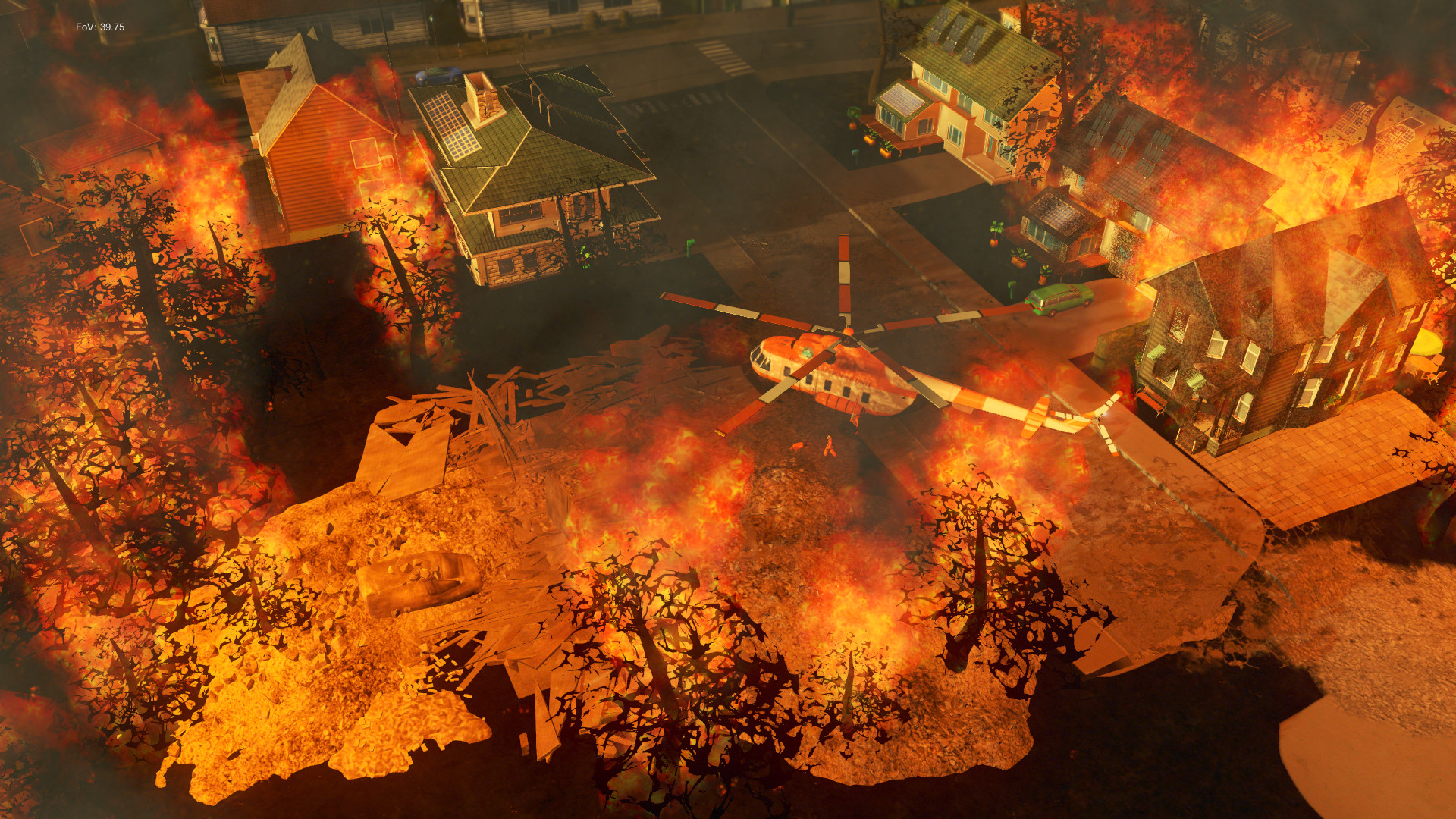
Conclusion
In summary, mastering disaster management in Cities Skylines Natural Disasters requires strategic planning and resilient infrastructure. Understanding the economic and population dynamics post-disaster is crucial for recovery and rebuilding. Effective use of early warning systems and community tips can enhance disaster response. Real-life tactics applied in-game offer valuable insights for players. By incorporating these strategies and learning from player experiences, you can navigate through natural disasters successfully in your city. Stay prepared, stay resilient, and conquer the challenges nature throws your way in Cities Skylines Natural Disasters!
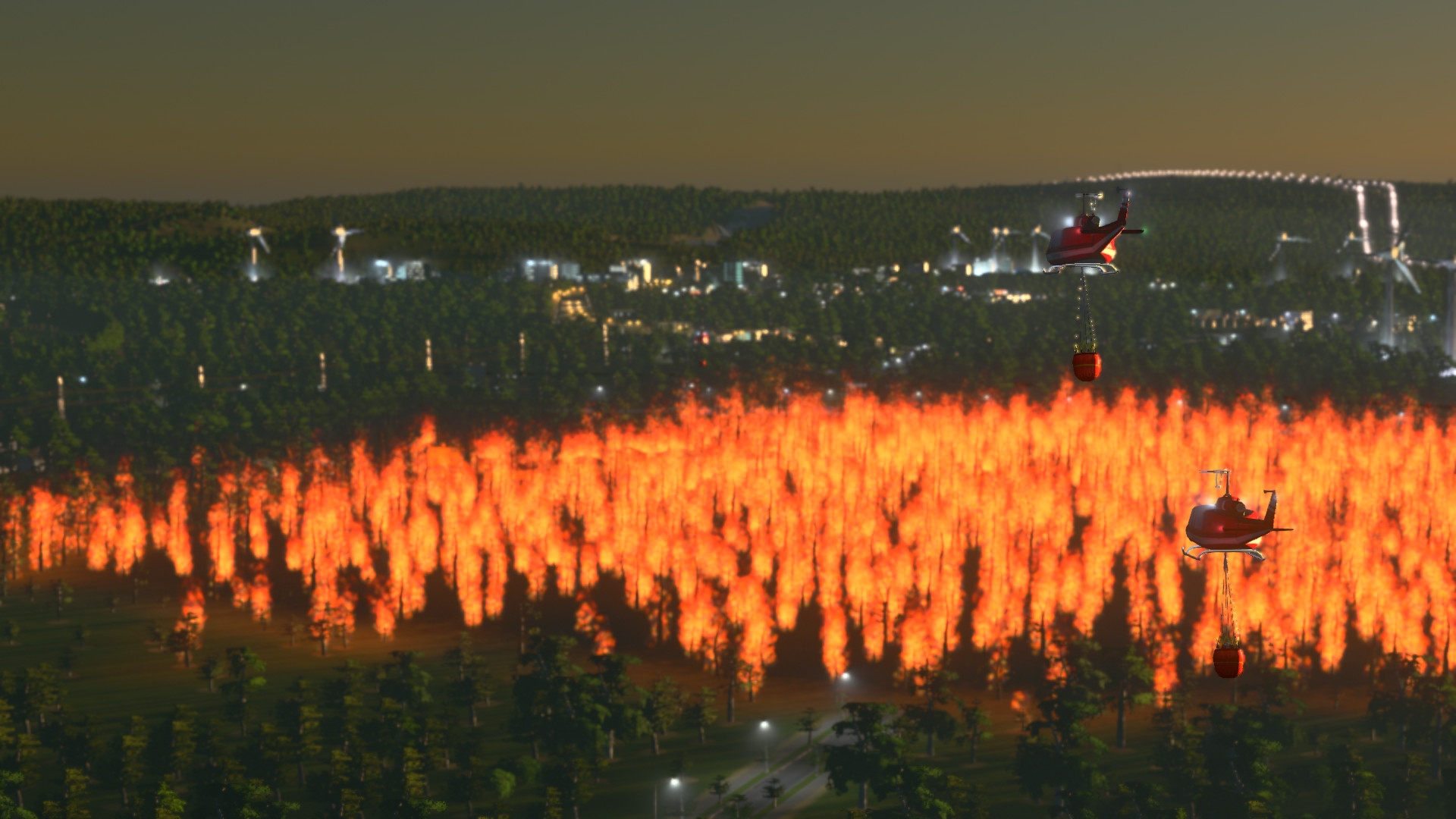
Frequently Asked Questions
How to Effectively Manage Tsunamis?
To effectively manage tsunamis in Cities: Skylines Natural Disasters expansion, players should utilize early warning systems to detect incoming tsunamis, establish emergency routes for evacuation, and utilize the scenario editor to create custom scenarios that simulate tsunamis. By implementing these strategies, players can minimize the impact of tsunamis and ensure the safety of their cities and citizens.
Can You Prevent Disasters from Happening?
In Cities: Skylines Natural Disasters expansion, players cannot prevent disasters from happening. However, they can take proactive measures to mitigate their impact by utilizing early warning systems, establishing emergency routes, and creating custom scenarios using the new scenario editor. By being prepared and responsive, players can minimize the damage caused by disasters.
What Are the Most Challenging Disasters to Overcome?
The most challenging disasters to overcome in Cities: Skylines Natural Disasters expansion vary based on individual gameplay and strategies. However, disasters such as tornadoes, earthquakes, and tidal waves are often considered the most challenging due to their destructive power and the need for quick and effective response. By utilizing early warning systems, establishing emergency routes, and utilizing the scenario editor, players can increase their chances of overcoming these challenging disasters.
Tips for New Players Starting with Natural Disasters Expansion
For new players starting with the Natural Disasters expansion in Cities: Skylines, here are some tips to get started:
- Learn the basics: Familiarize yourself with the core gameplay mechanics of Cities: Skylines before diving into the Natural Disasters expansion.
- Utilize the scenario editor: Experiment with the scenario editor to create custom scenarios and goals that suit your playstyle.
- Plan emergency routes: Build emergency routes and establish early warning systems to prepare for and respond to disasters effectively.
- Experiment and learn: Explore different strategies and learn from your experiences to develop effective disaster management techniques.
By following these tips, new players can navigate the challenges of the Natural Disasters expansion and enjoy a rewarding gameplay experience.










